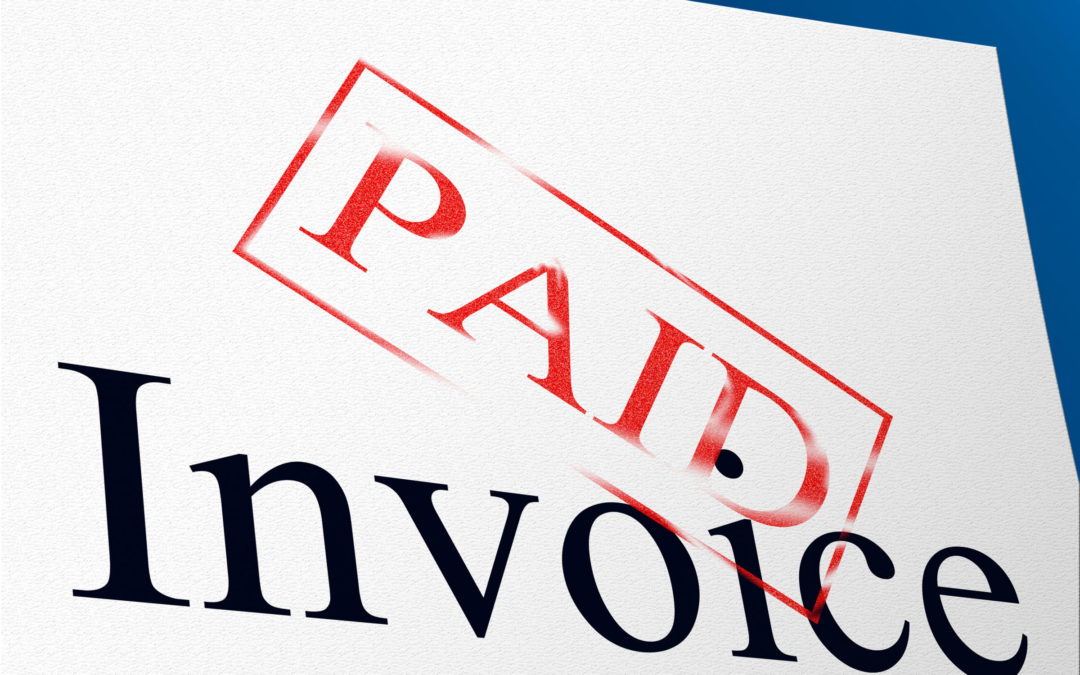Within telecom lifecycle management, there is a phase referred to as monitoring, which is where a lot of the cost savings can be incurred. When an enterprise is large, the telecom invoices tend to add up to tens of thousands of dollars each month.
The monitoring stage offers reassurance that telecom spending matches known inventory and is within the guidelines of the contract terms. Plus, telecom spending must be at the right usage levels. During the monitoring phase, invoice processing, validation and correction are the major activities, as enterprises ensure their spending is correct and on track. In theory, this makes sense, but from a practical perspective, you might still be asking yourself this question: How do you process, validate and correct telecom invoices? It starts with the administrative task of processing the invoice and then moves to validating charges and correcting mistakes. Each of these areas will be discussed in depth.
Step 1: Invoice Processing
Even though many companies have moved to electronic invoices, there are still many that receive paper bills. It is not uncommon to have massive piles of telecom invoices that must be processed. During the invoice-processing step, charges are manually categorized, including distinguishing between recurring and non-recurring expenses. If an automated telecom expense management (TEM) solution is utilized, these invoices are pulled electronically, consolidated and inputted into a database. Invoices are also automatically coded.
Step 2: Invoice Validation
On occasion, there are telecom charges that do not fit the contract terms and conditions. Typically, these charges are in error, but if the invoice isn’t validated, these billing mistakes are missed, costing the enterprise money. The invoice validation step is basically an audit, which matches the invoices to documented contracts, inventory and users. There are essentially two outcomes from invoice validation, either a billing dispute or payment authorization.
In the past, enterprises would perform audits either once or twice a year, but that has changed. Today, many organizations conduct audits on a regular basis. This trend partially has to do with the fact that TEM software automatically runs audits.
Step 3: Invoice Correction
When errors are identified during the invoice validation process, the next step is to correct those invoices. The goal is to obtain credits, or even refunds, from these costly mistakes. Unfortunately, billing disputes are not simple and can be time consuming. According to Aberdeen Group, 80 percent of internal telecom expense efforts are tied to the dispute and recoup process. That is one reason why many enterprises outsource telecom expense management, as vendors understand how service providers work and can get the job done faster. TEM software can also help with invoice correction, as billing disputes are prosecuted and tracked within the system.
Softeligent Can Help You With Invoice Processing, Validation & Correction
Softeligent is a hosted software-as-a-service (SaaS) solution developed by TEM consultants. It is easy to use and designed to provide intuitive process flows for each individual user. Our solution can be custom-tailored to fit the requirements of your enterprise. For more information or a free demo, contact us today.

